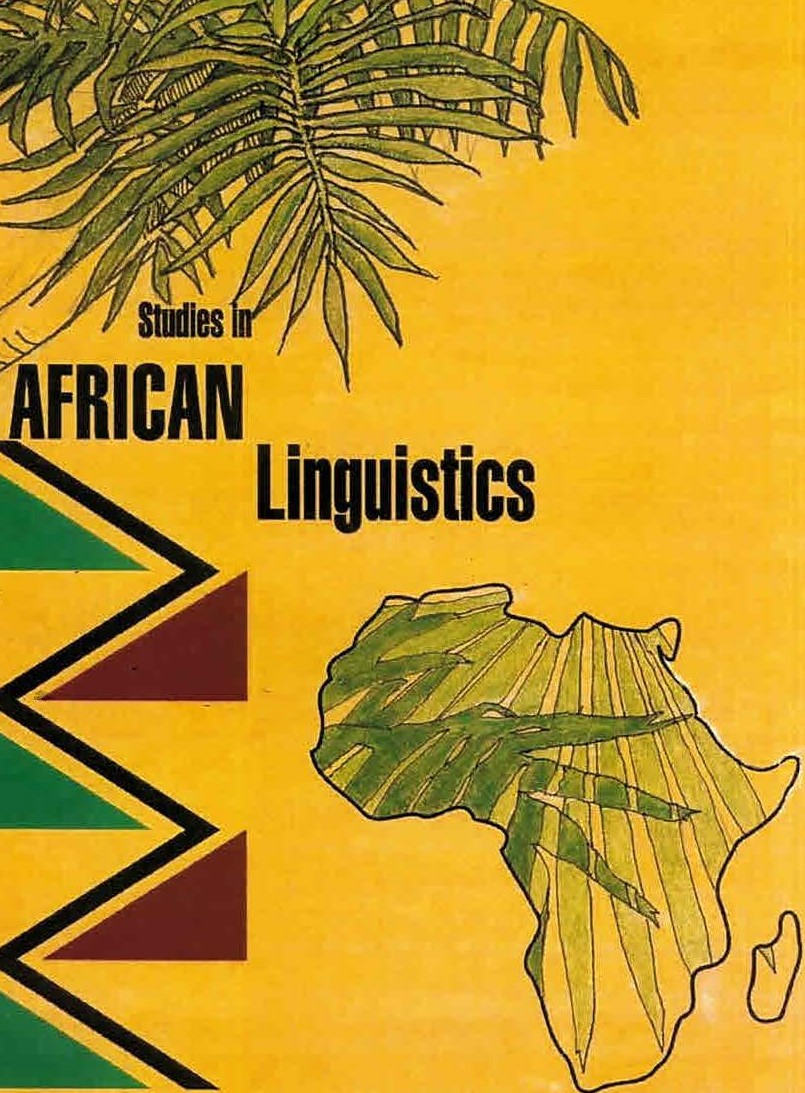The existential in Xhosa in relation to indefiniteness
DOI:
https://doi.org/10.32473/sal.v49i2.117136Keywords:
(in)definiteness, existential, Bantu, bare nouns, activation statesAbstract
Bare nouns in languages without articles can be semantically ambiguous between definite and indefinite interpretations. It is here assumed that speakers of such languages can still signal to the hearer when they refer to unique and identifiable referents. This paper contributes to the long-standing cross-linguistic question of how bare nouns are interpreted and what means languages without articles have to disambiguate between definite and indefinite readings. This question is largely unexplored for Bantu languages. The answer is sought in the use of different word orders and morphosyntactic constructions, with a focus on the existential in this paper. In many languages of the world, there is a restriction on definites as pivots in existential constructions, serving as a motivation for exploring these constructions in Xhosa. Xhosa makes use of a non-verbal copula in prototypical existentials as well as predicate locatives, to express the existence or presence of a referent. The paper argues that the existential is used for inactive referents and the predicate locative for (semi-) active referents. The inactive referents of the existential are mainly indefinite referential or non-referential. The active referents of the predicate locative are referential indefinite or definite. There is no absolute definiteness effect in the existential. A further motivation for this study is the occurrence of this copula in a short and a long form, giving rise to four different structures. The paper reveals an unexpected analogy between the use of the short and long form and the use of the so called conjoint and disjoint forms in Xhosa tense-aspect paradigms.


